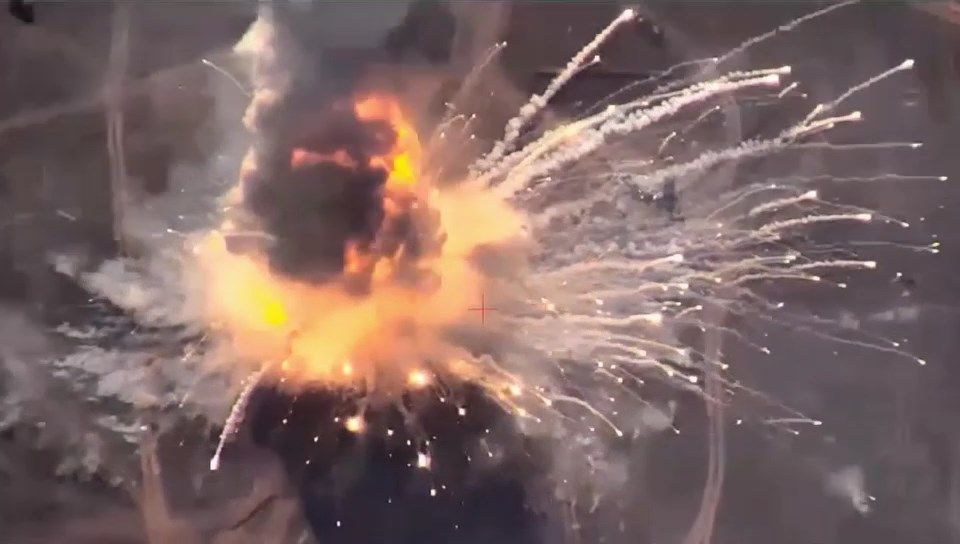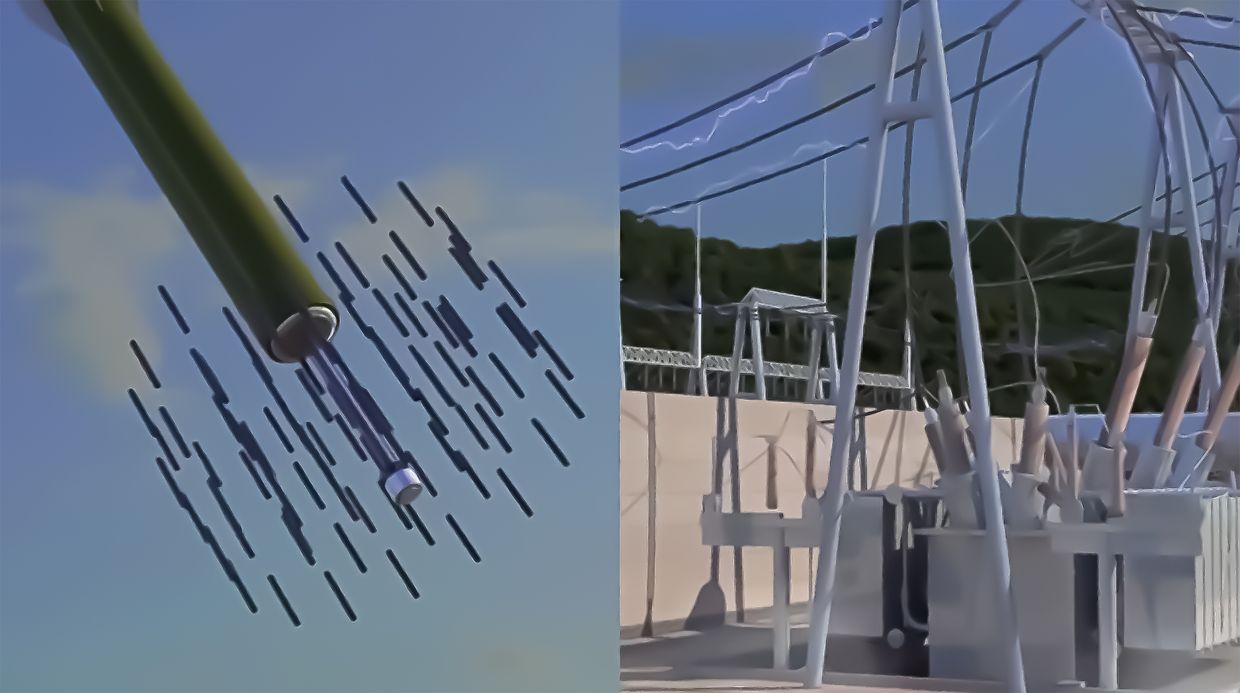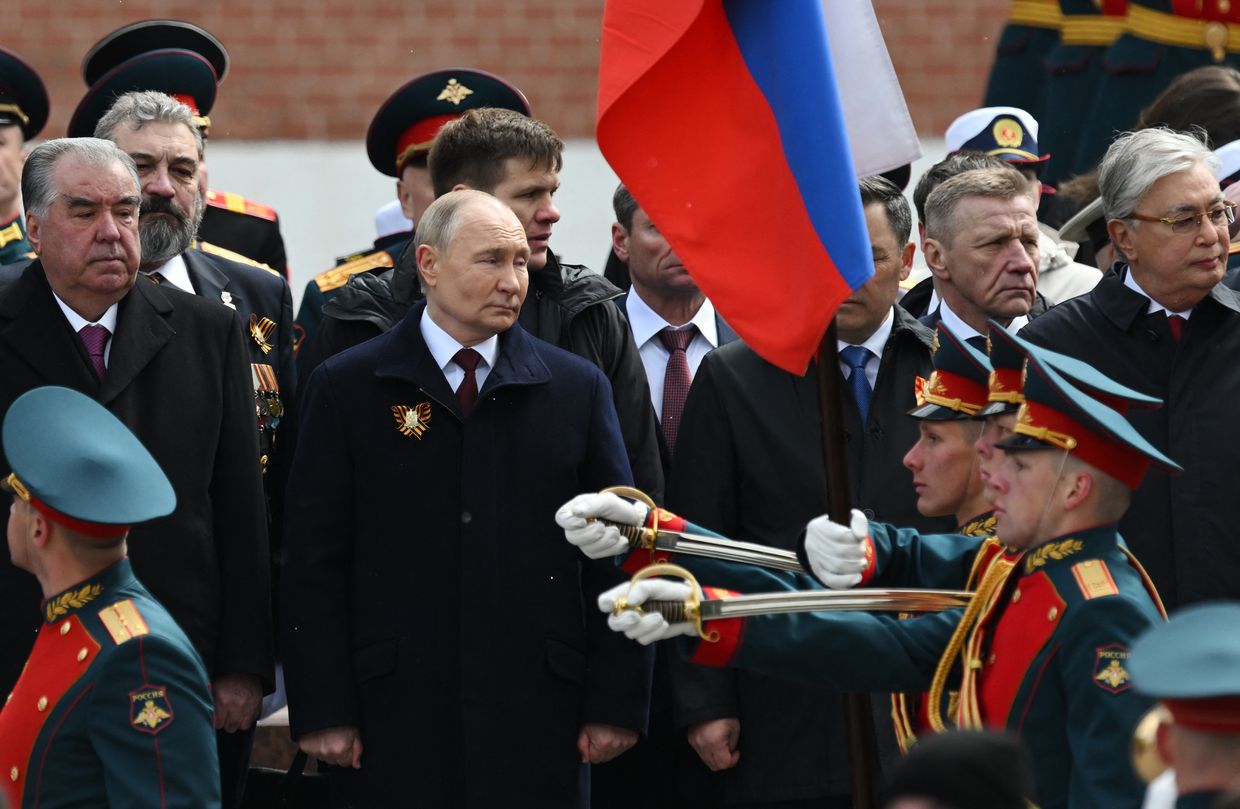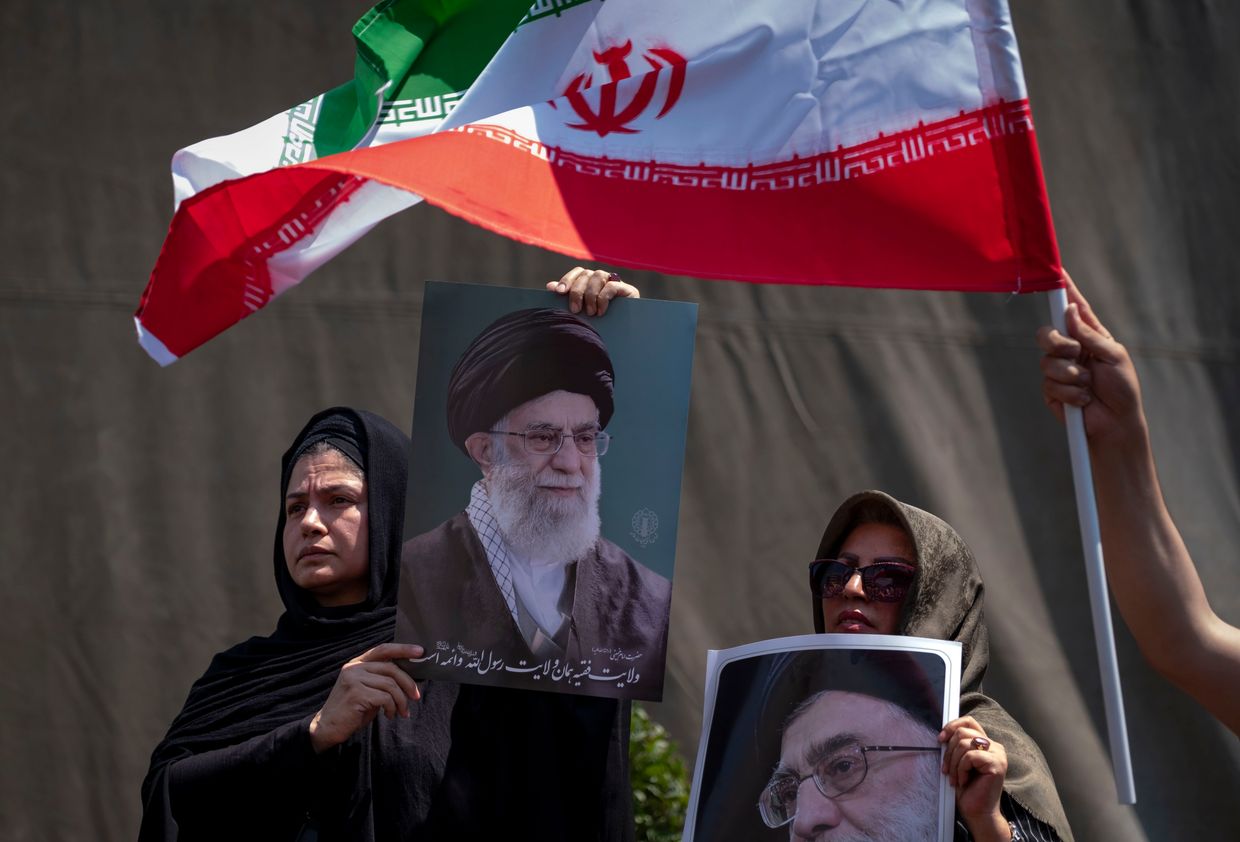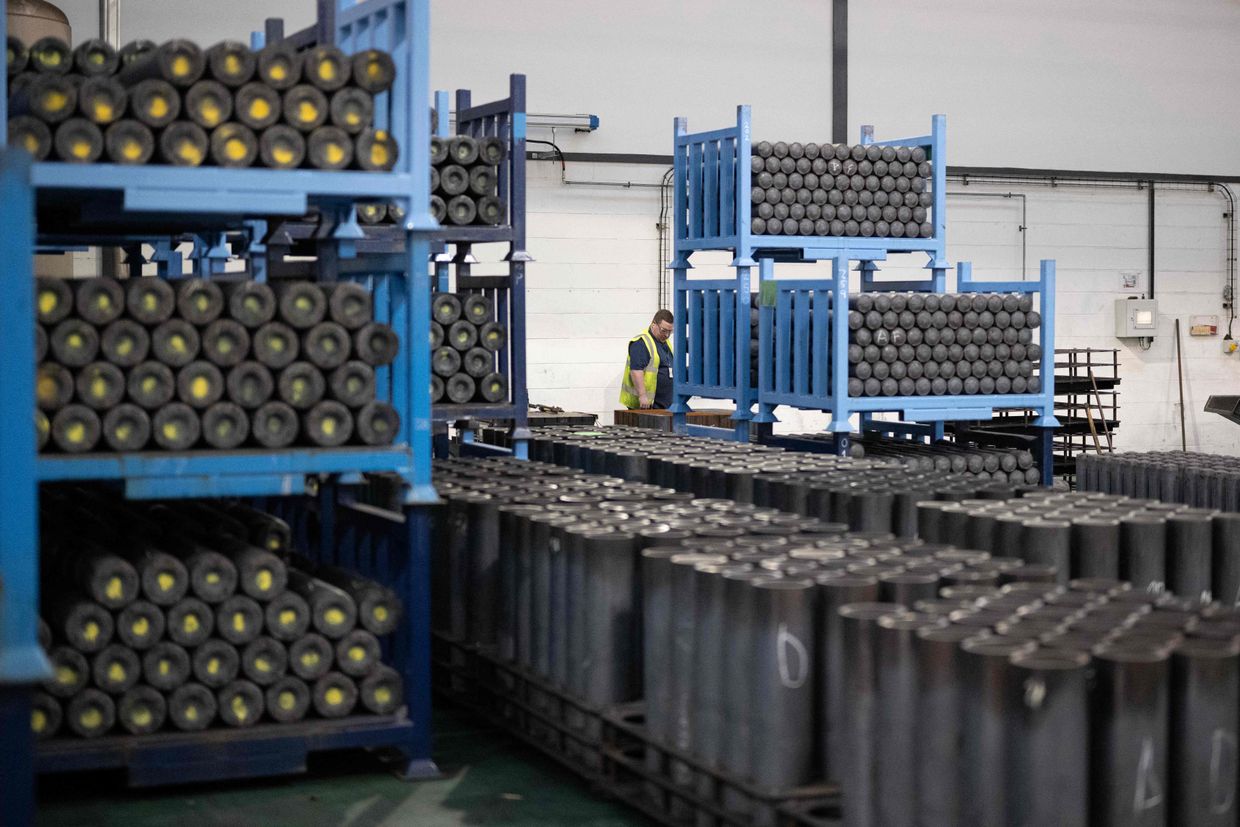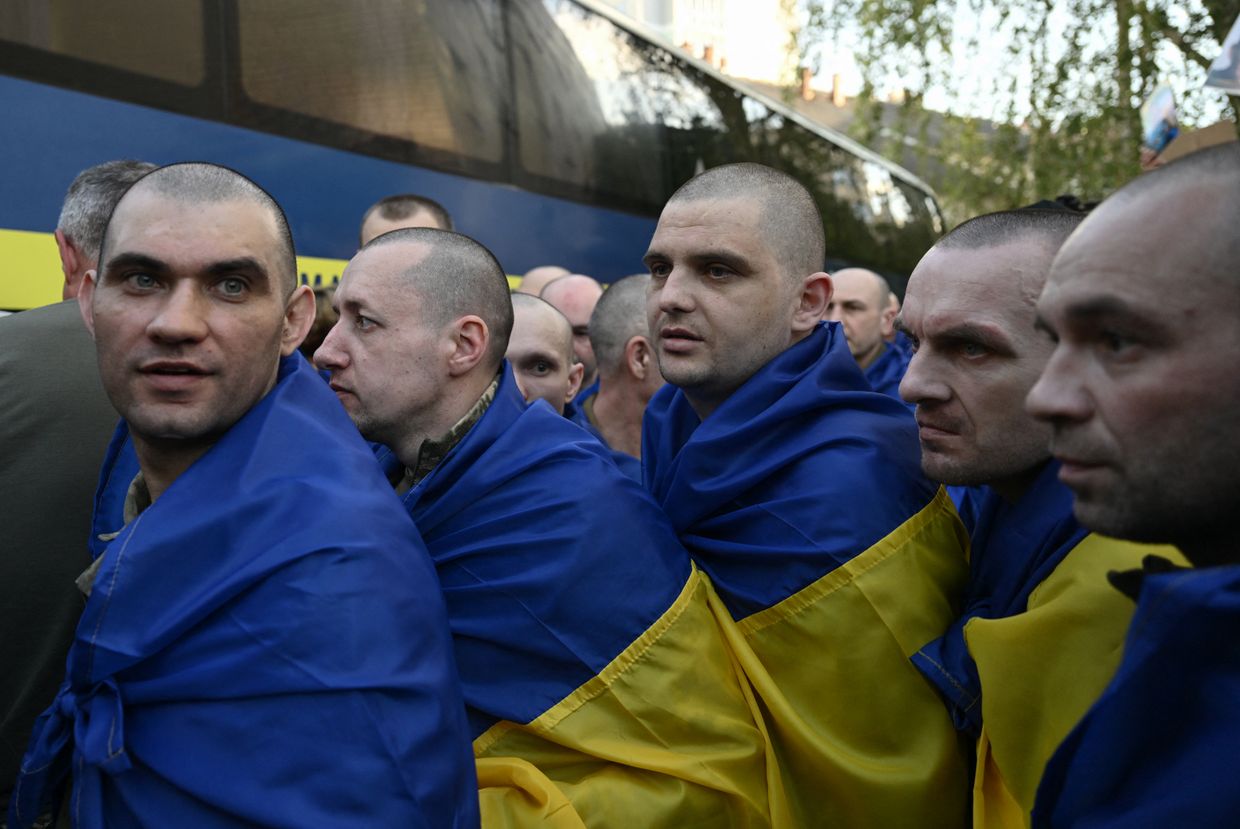The past month has not been kind to Russia's forces in occupied Crimea.
In a span of weeks, a ship, a submarine, and multiple air defense systems were destroyed.
Ukraine said these targets included Russia's S-400 surface-to-air missile systems, optimistically named the Triumph. Purported videos of attacks on Aug. 23 and Sept. 15 recorded very large explosions, suggesting that launchers went up in flames.
These weren't the only successful attacks on the four S-400 battalions Russia had defending occupied Crimea since at least 2018. In comments to the Kyiv Independent, Ukrainian intelligence sources claimed to have already destroyed two of these battalions.
Newsweek cited open-source outlet Oryx that Russia lost key S-400 parts on at least five separate occasions.
Ukrainian forces also recently took out some other anti-air radar and weapon systems, further weakening Russia's ability to deny the skies.
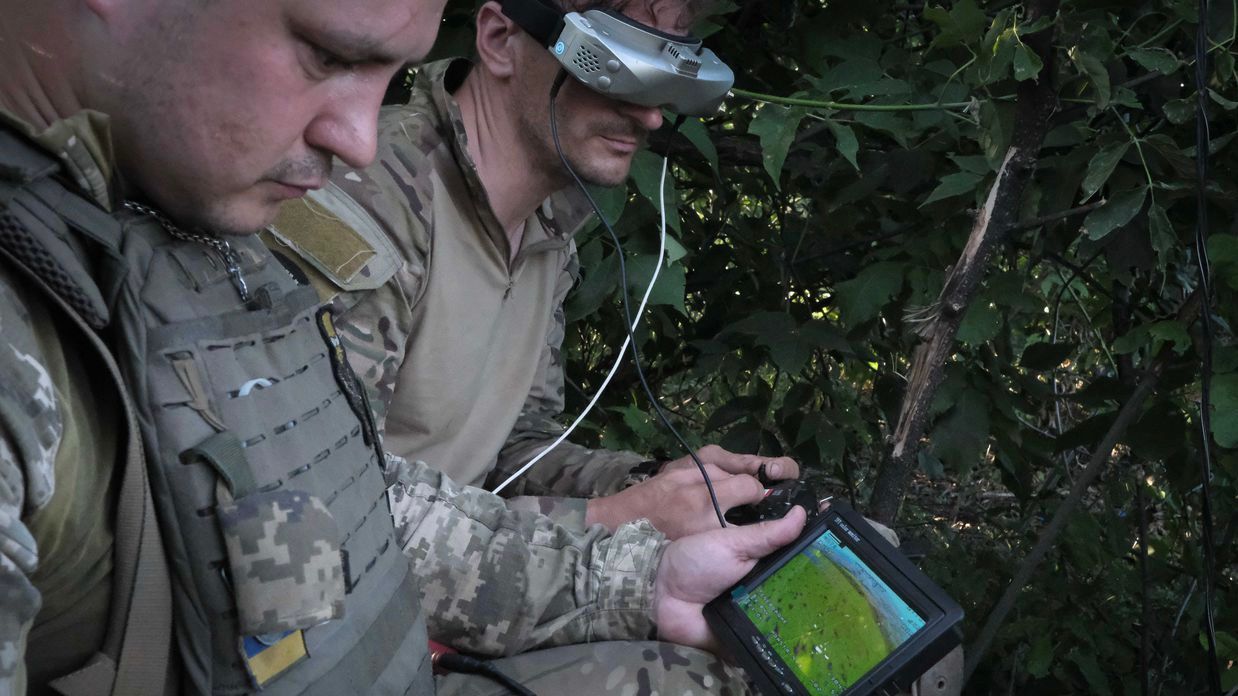
"This significantly undermines the occupiers' ability to defend the peninsula and their regional dominance," Andriy Yusov, Ukraine's Main Intelligence Directorate spokesman, told the Kyiv Independent.
These are grim tidings for Moscow. The S-400 was supposed to be one of Russia's trump cards, able to reliably delete flying targets hundreds of kilometers away.
It was supposed to help turn occupied Crimea into an impregnable fortress and catch the eye of procurement officials around the world, making its $500 million price tag sound like a bargain.
Instead, Russia might have to watch the interest fade from potential buyers' eyes, as it scrambles to reposition and protect its remaining systems and ships.
The recent successful strikes on Moscow and other targets inside Russia likely created pressure to move some systems back into its territory, the vast airspace of which is porous to missiles and drones.
Meanwhile, Ukraine is using more diverse tools to strike at Russia, such as the Storm Shadow cruise missile, which was reportedly instrumental in the latest attacks.
Ukrainians' creative combination of the tech at their disposal showed that they can take out Russia's most advanced defenses if they try, making the critical peninsula seem a lot more vulnerable than Moscow had probably planned for.
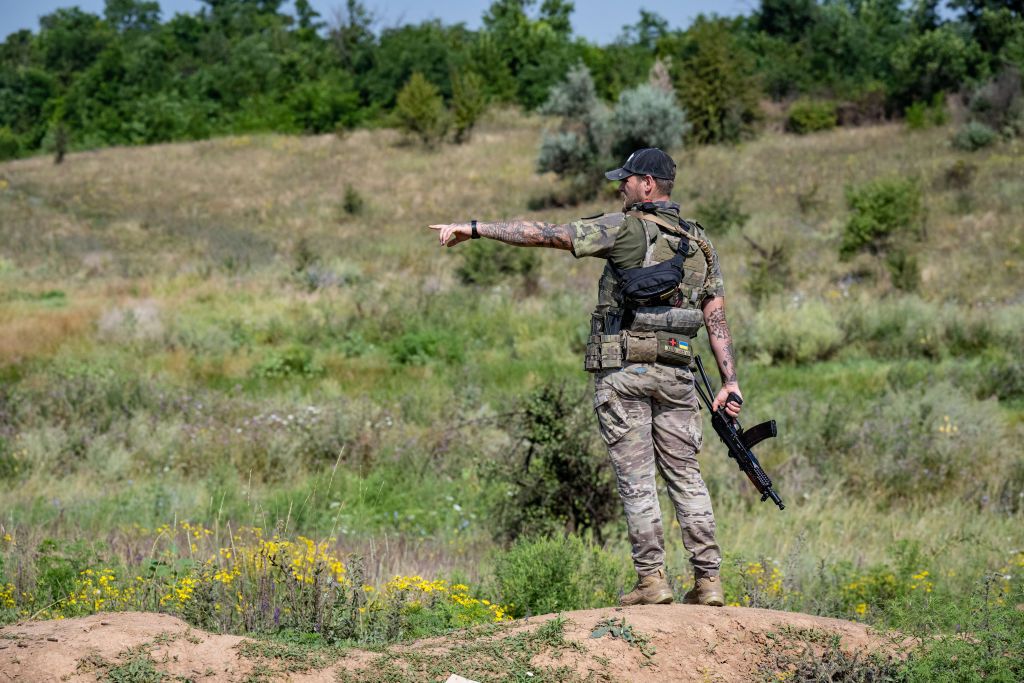
Penetrating Crimean defense
Russia's strategic Black Sea Fleet is based at the captured Ukrainian ports of Crimea. Its bridge and military bases sustain a main supply line to its forces on the ground.
The way Crimea sticks out towards the middle of the Black Sea is great for threatening its waters and littoral with long-range weapons.
The sunny peninsula also attracted many civilian resettlers, especially from Russia's northern reaches. Finally, controlling Crimea is a matter of prestige that Moscow takes very seriously.
Ukraine has staked its counteroffensive on recapturing Melitopol and Berdiansk and cutting the supply line through Crimea. Part of this entails eroding Russia's defenses there, making continued occupation harder and harder.
Many Western commentators doubt the realism of Ukraine liberating Crimea, but neutralizing Russian forces on the peninsula appears central to Kyiv's plan to liberate everything else.
And if Ukraine is set to receive its first Western aircraft, it ought to get rid of as many SAM platforms as it can beforehand.
"It seems a lot of the focus for Ukraine is destroying the ability to defend Crimea," Marcel Plichta, former researcher at the Department of Defense in Washington, told the Kyiv Independent. He likened these attacks to untangling a knot one thread at a time.
Innovation and having varied tools are big parts of the untangling process.
A Ukrainian intelligence operative with the codename Picture described the latest strike to the Kyiv Independent: Ukrainians attacked with modernized S-200 missiles, provoking the Russian radar that was then targeted by AGM-88 HARM anti-radiation missiles.
Ukraine then followed up with the Storm Shadow cruise missiles it got from the U.K.
Picture said that Crimea is second only to Moscow by density of air defense units. Yusov was less specific but agreed that Crimea's airspace is one of Russia's most heavily defended. These defenses include the S-400 units.
Lack of Triumph
Since its 2014 takeover of Crimea, Russia formed the 12th and 18th Air Defense Regiments, with two battalions apiece. On paper, one battalion should have several batteries of S-400 launchers, with their attendant loading and radar vehicles.
According to both Picture and Yusov, two of the four battalions are effectively eliminated at this time. Picture said Ukrainians also destroyed an S-300V4 missile complex and multiple advanced sensor arrays.
"Apart from the SAM batteries, Russians are gradually losing critical radar systems," said Can Kasapoğlu, an air defense expert with the Hudson Institute. "The Podlet-K1, which they lost last month, is a very, very critical system for low-altitude flight detection."
"The Nebo-M is important to detect low-observability targets. Another key asset lost was the Kasta2-E2 omnidirectional/low-altitude detection radar. These are expensive and hard-to-replace systems, Ukraine well cherry-picked the target set."
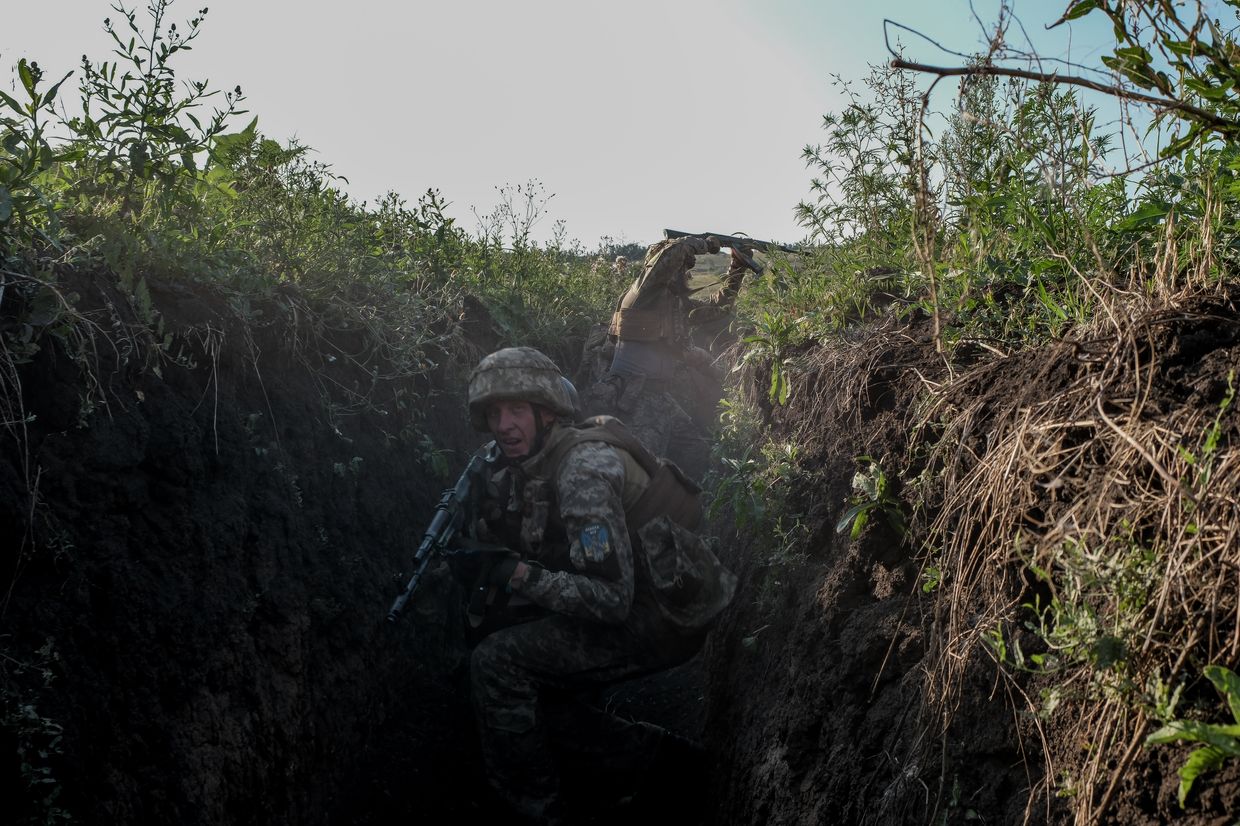
S-400s are quite good weapons by Russian standards, Plichta said. The Hudson Institute's Bryan Clark said that they have "a capable radar and long-range interceptor." However, there are major weak points in the weapon systems themselves and how the Russians use them.
Clark said the system looks vulnerable to stand-off and stand-in jamming and may be confused by small, slow-moving targets.
Ukraine doesn't have dedicated stand-off jamming planes, but multiple drones can serve in a pinch to degrade Russian radar and "greatly improve" the survivability of Storm Shadows and their French equivalents, SCALPs.
Russians seem to have failed to add layers to shore up these weaknesses.
"Upon the recent Ukrainian strikes, I conclude that there is a grim trouble as to the Russian SAM configuration," Kasapoğlu said. "The S-400 should be (should have been) adequately layered with short-to-medium range assets, such as the Pantsir baseline and the TOR-M2 variants, to operate safely."
"In other words, these assets are supposed to protect the S-400 from low-flying threats (such as cruise missiles). Overall, the Russian SAM architecture has some severe gaps, and Ukraine is successfully capitalizing on these setbacks."
Picture went even further, saying Russia's air defense units are organizationally flawed on a fundamental level. He said they are all set up identically, regardless of whether they're defending Moscow or Crimea, despite the very different threat environments.
The successful attacks on the SAM sites and navy ports in Crimea already resulted in some Russian ships scattering for safety, Yusov said. Some went to Novorossiysk, which Ukrainian drones had also previously hit. Others are trying to find safety by spreading out across multiple harbors.
Military Intelligence said this won't save them.

"There is no safe place (for Russian troops) anywhere in Crimea," Yusov said, repeating the words of his boss, military intelligence chief Kyrylo Budanov.
Plichta said the remaining air defense systems might become less effective if they have to reposition often, or be moved back to Russia to avoid being destroyed. Russia cannot produce such precious systems quickly, experts noted. Even though Russia evades sanctions, the skills and technology required are limited.
As Russia's air defense degrades, it opens more gaps for Ukrainian drones, missiles, and aircraft.
The country's indigenous Army of Drones program has greatly ramped up this year, with over two dozen contractors producing 40 types of remote-controlled weapons for air and sea, some of which have already collapsed part of the Crimea Bridge, picked off strategic bombers and terrorized central Moscow's office buildings.
Meanwhile, Ukraine expects to get its first Western jets early next year. Even with weakening air defenses, Russia's Su-35 and Su-30 jets are still better than Ukraine's Mig-29s, Kasapoğlu said. It's why the F-16s will be such a boost for the Ukrainian Air Force.
"If Ukraine can keep up, gradually taking down the Russian SAM-radar complexes, and minimize the F-16 digestion period, we can see a different local (southern) air picture in Spring 2024," he said.
"Such a change in the air would doctrinally translate into a change in the land battle – air superiority, at least bare minimum local air superiority, is a prerequisite to win 21st-century wars."
Note from the author:
Hi, this is Igor Kossov, I hope you enjoyed reading my article.
I consider it a privilege to keep you informed about one of this century's greatest tragedies, Russia's ongoing invasion of Ukraine. With the help of my colleagues, I will continue to bring you in-depth insights into Ukraine's war effort, its international impacts, and the economic, social, and human cost of this war.
But I cannot do it without your help. To support independent Ukrainian journalists, please consider supporting us. Thank you very much.




